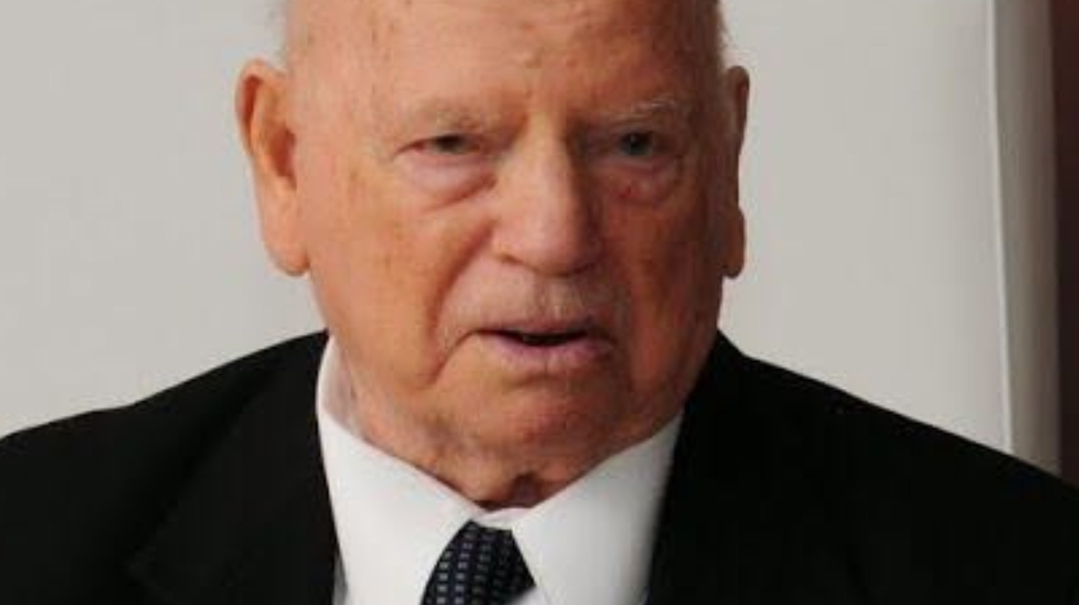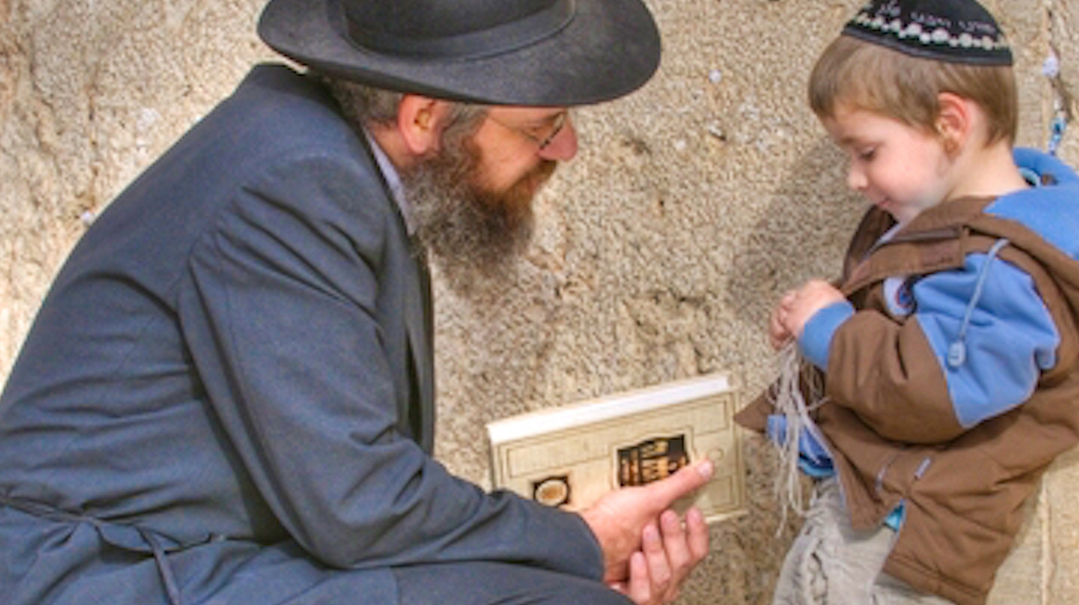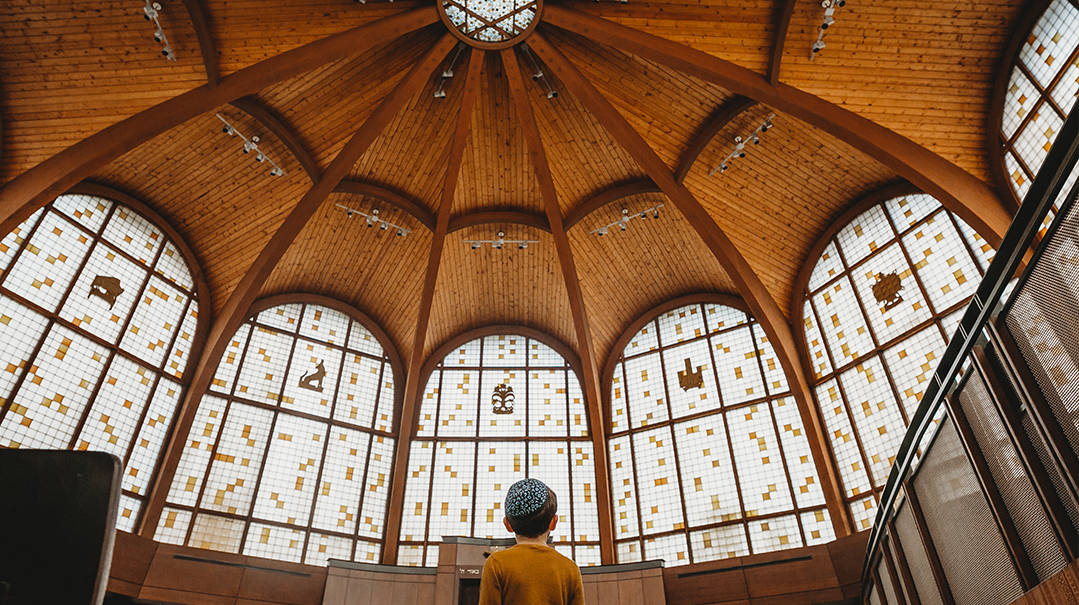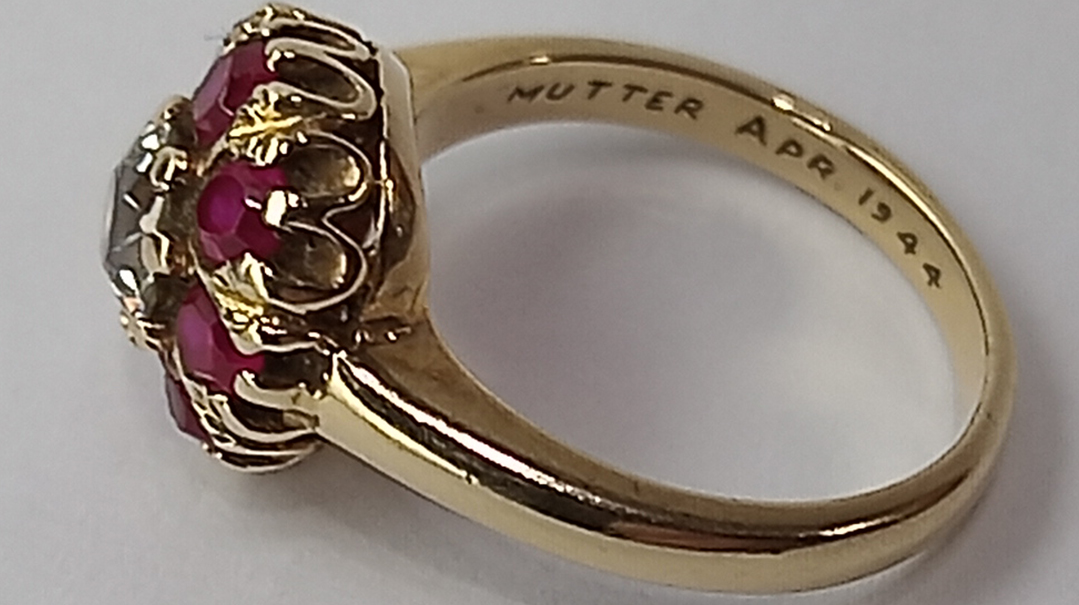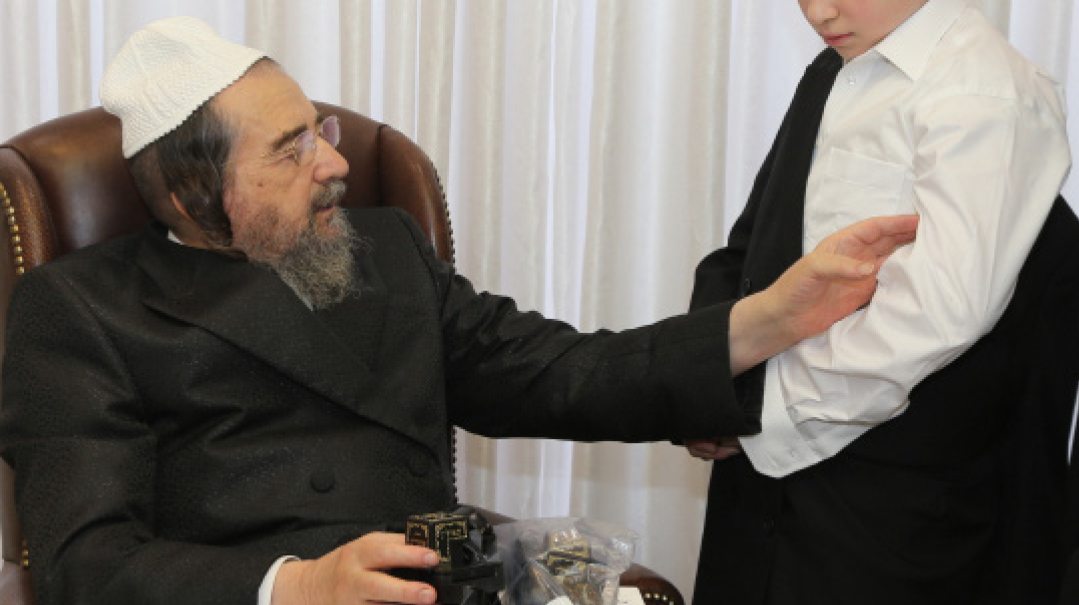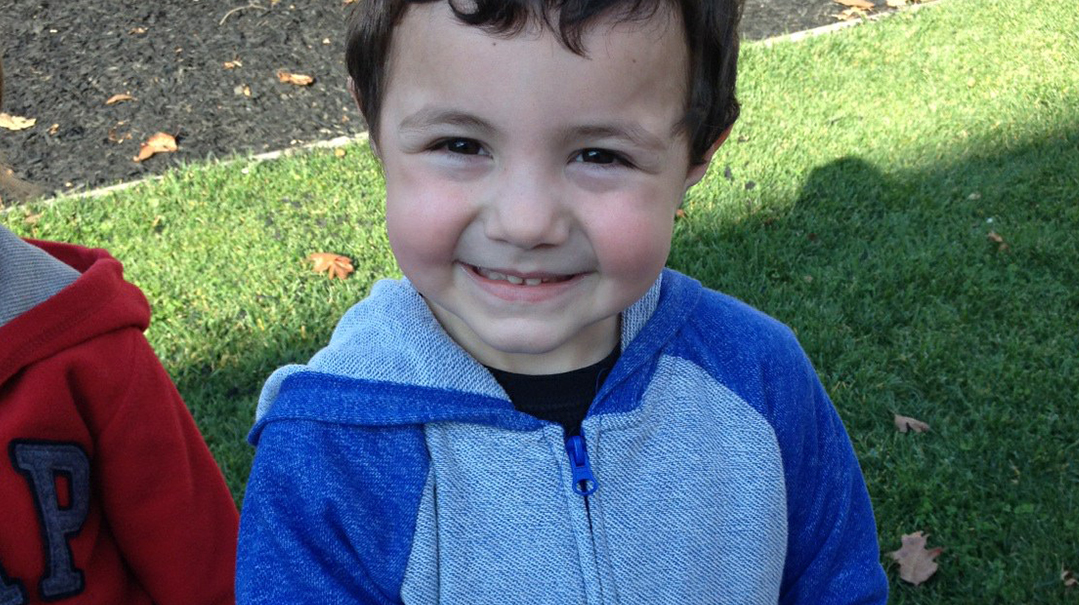He Knew

He was my principal; he was also my ally and my cheerleader and one of the only people who took an odd little girl, dreamy but fierce, and tended to her
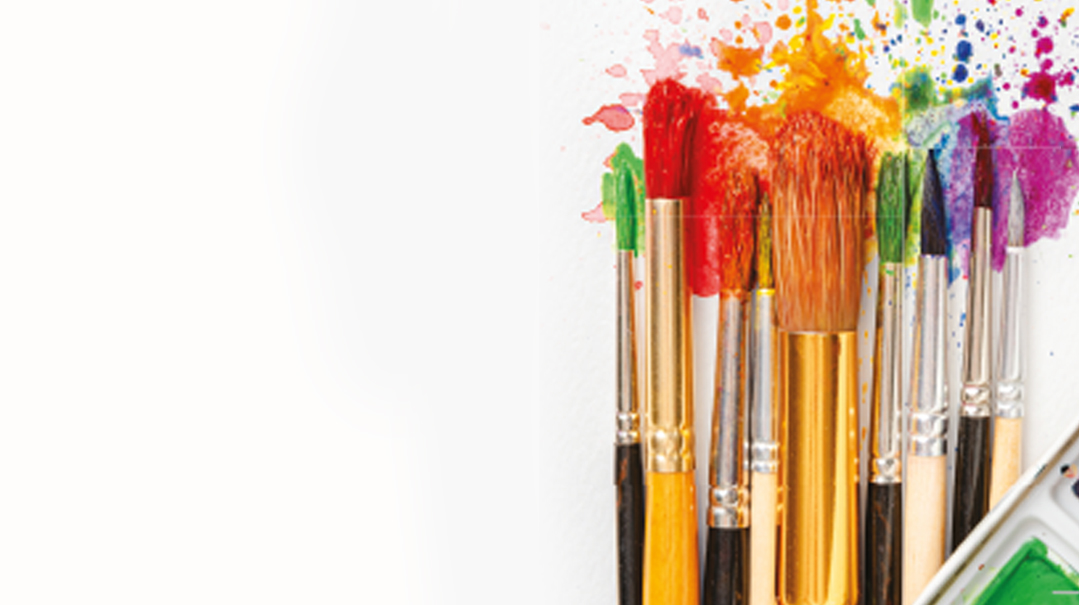
His signature was beautiful.
I knew. As one of those children who find themselves perpetually in the principal’s office, I would sit and swing my legs and watch, at eyelevel with his hand, as he dipped a gold-nibbed pen into a small glass bottle of black ink. And then he would begin: hand angled just so, a tiny flourish at the end of the W at the beginning of his name: Rabbi H. Warshawsky.
He was an artist deep inside. We saw it in his exquisite calligraphy, in the displays that he supervised on each classroom wall at Avigdor in London. And we saw it in the way he related to us students—each one of us was a palette of a thousand colors. He opened our eyes to it, put a brush in our hands and bid us, Go on, you can make something beautiful.
He was my principal; he was also my ally and my cheerleader and one of the only people who took an odd little girl, dreamy but fierce, and tended to her. Our friendship of sorts began on the very first day of first grade. I wouldn’t go to school. I just wouldn’t. And when we arrived, my mother dragging me by one arm, me yelling and screeching that I’ll run away, you’ll see, I’ll run away and then you’ll be sorry, we were met at the entrance by Rabbi Warshawsky. “No one has ever run away from my school,” he reassured my mother.
She nodded and left and I ducked through his legs and whipped out of the school gate. He ran after me. I dashed down the street, dodging passersby, not knowing where I was going, just that I had to get away, away…
Caught. Two arms caught my own. I looked up.
His face was round, he was short and broad, his grip was firm, but it didn’t hurt. He smiled. It was a wide smile. I warmed to him immediately.
But still, I was running away.
I took a deep breath, summoned all my strength, and kicked.
Oops! We could not locate your form.






